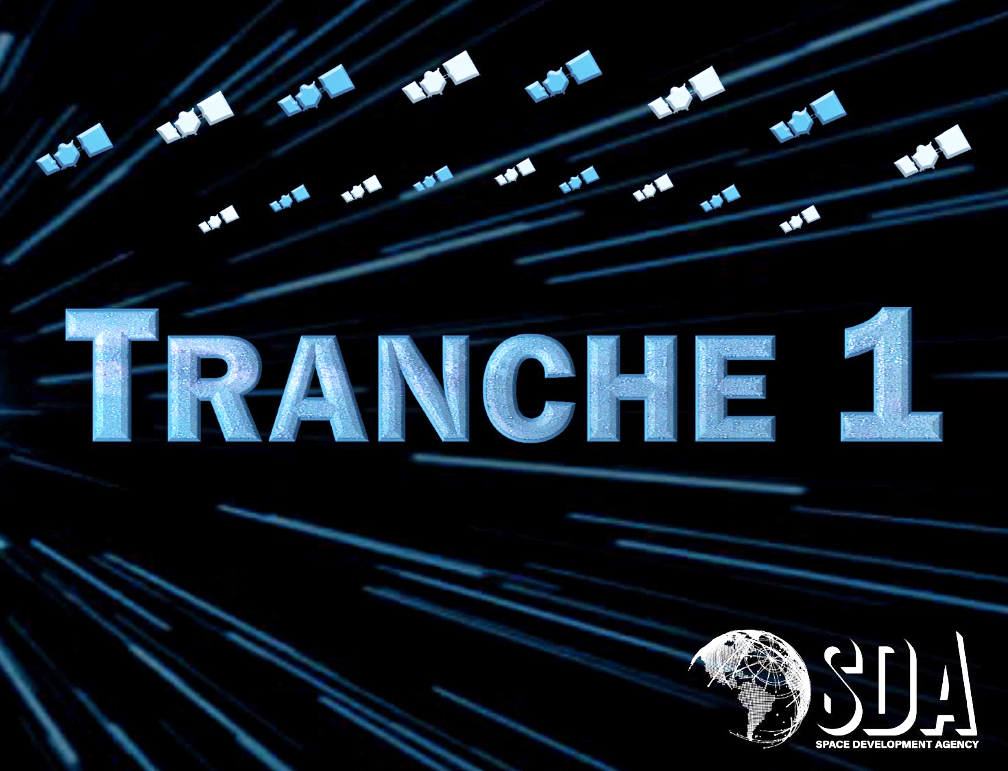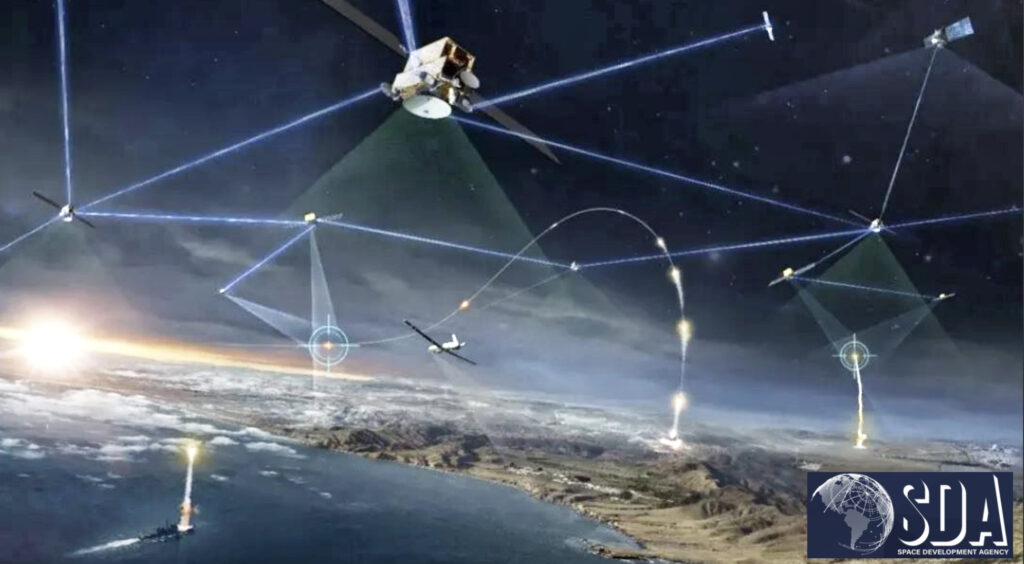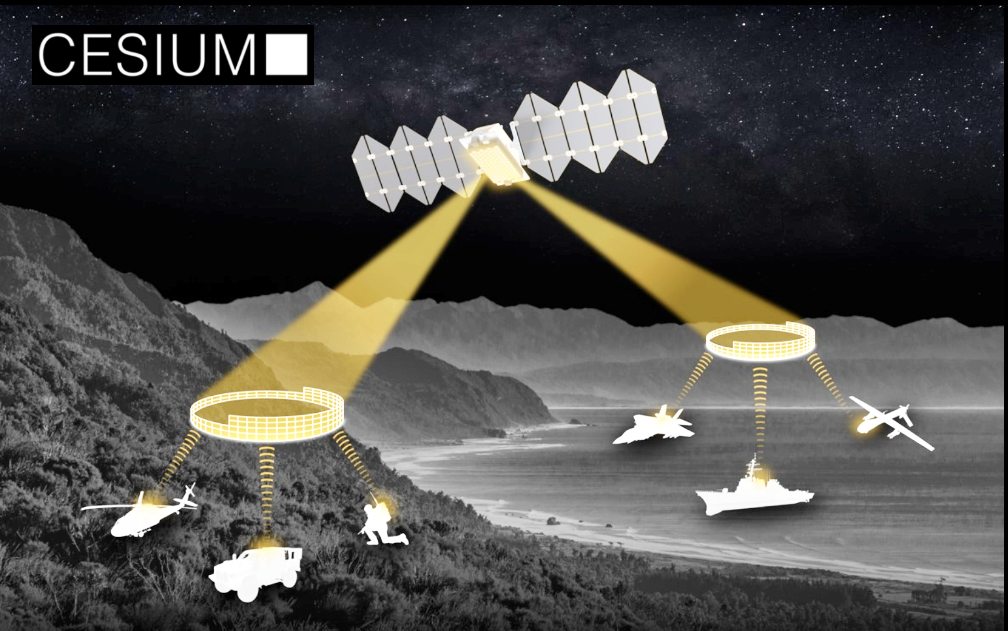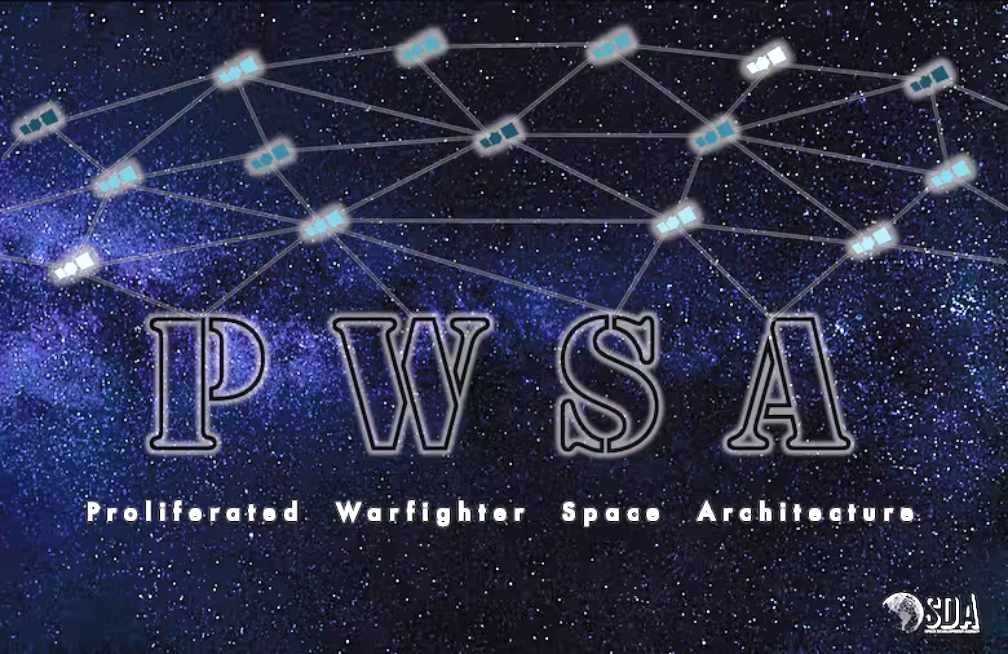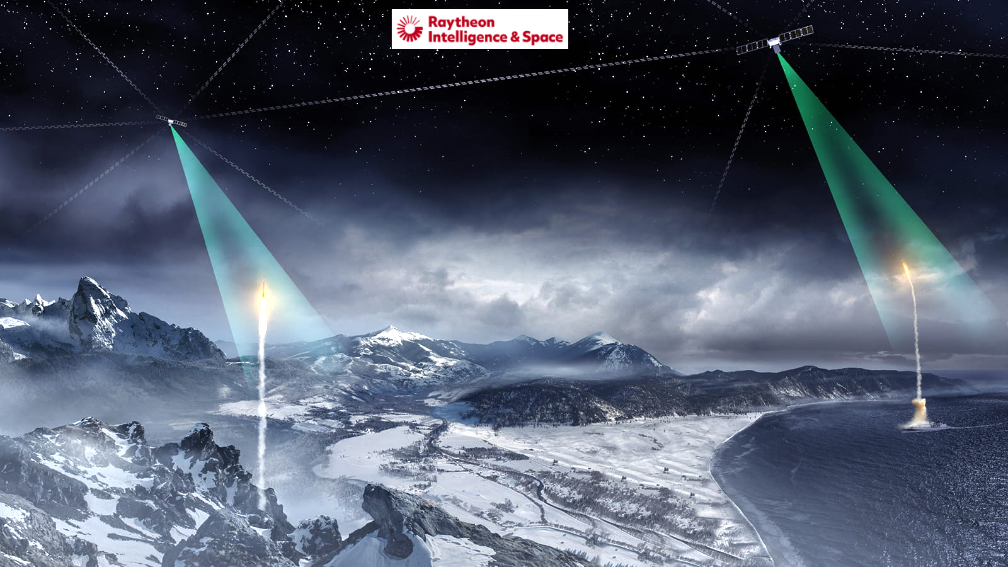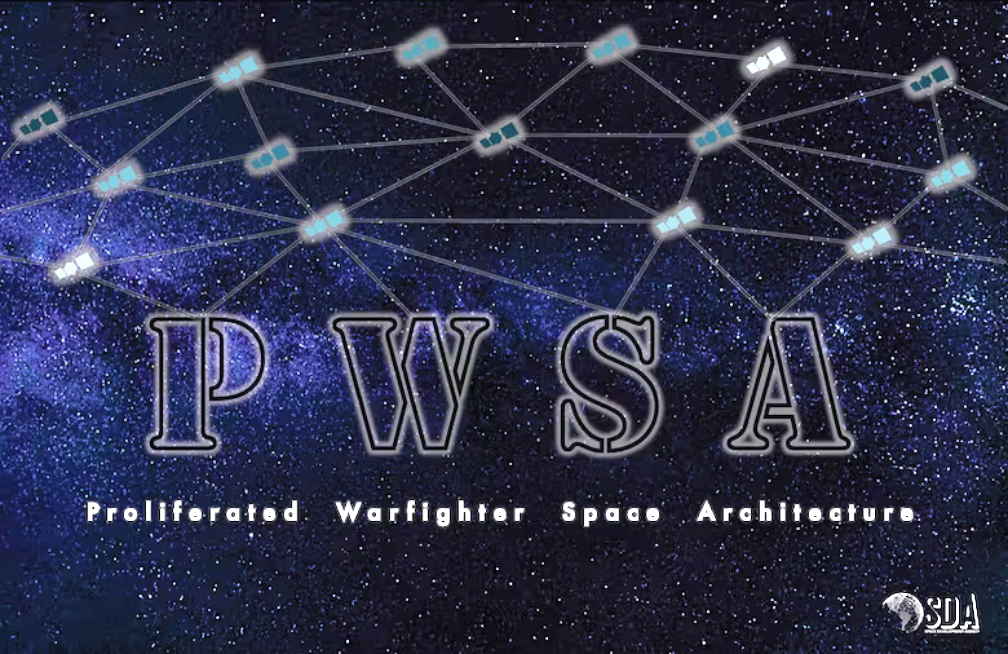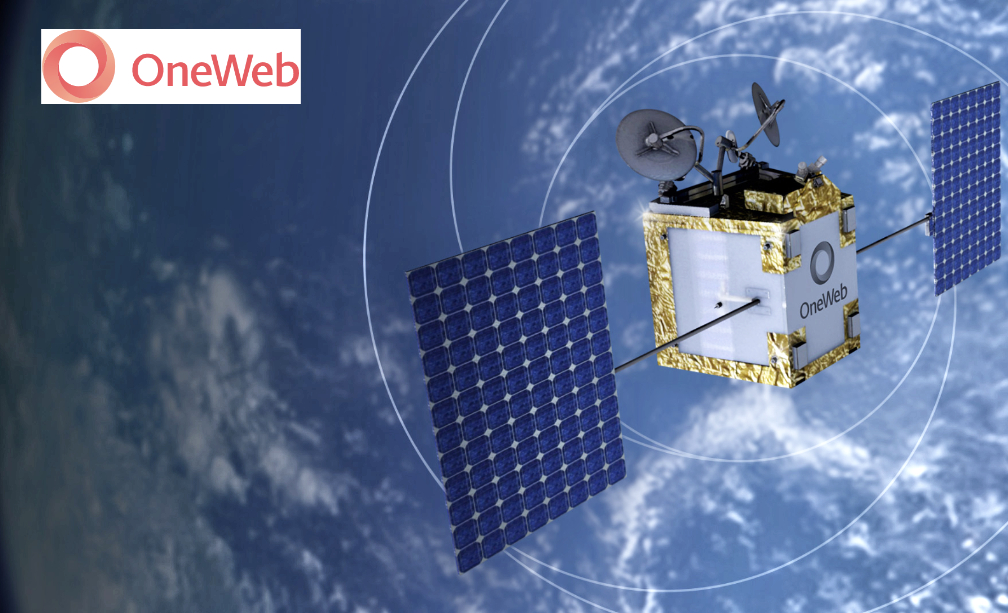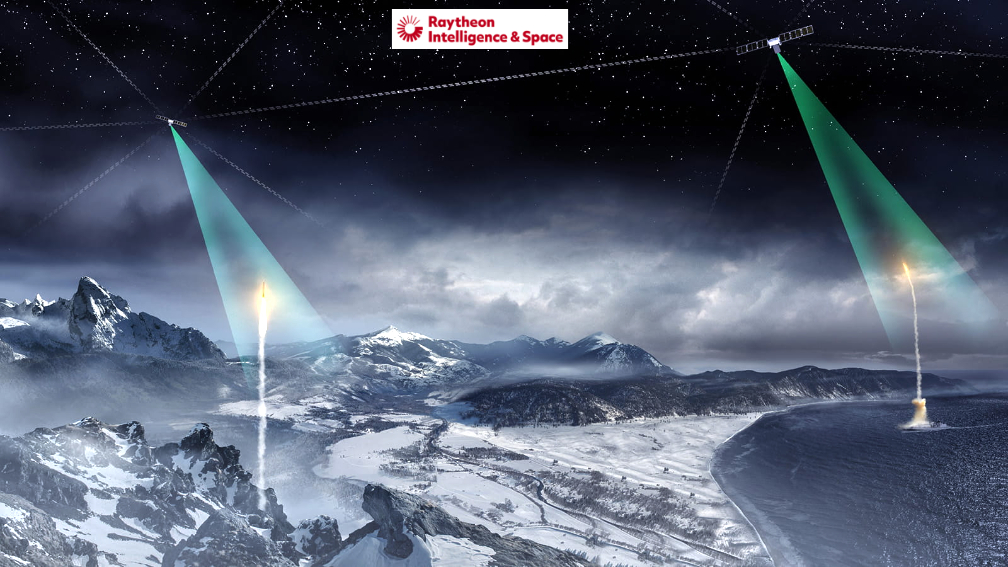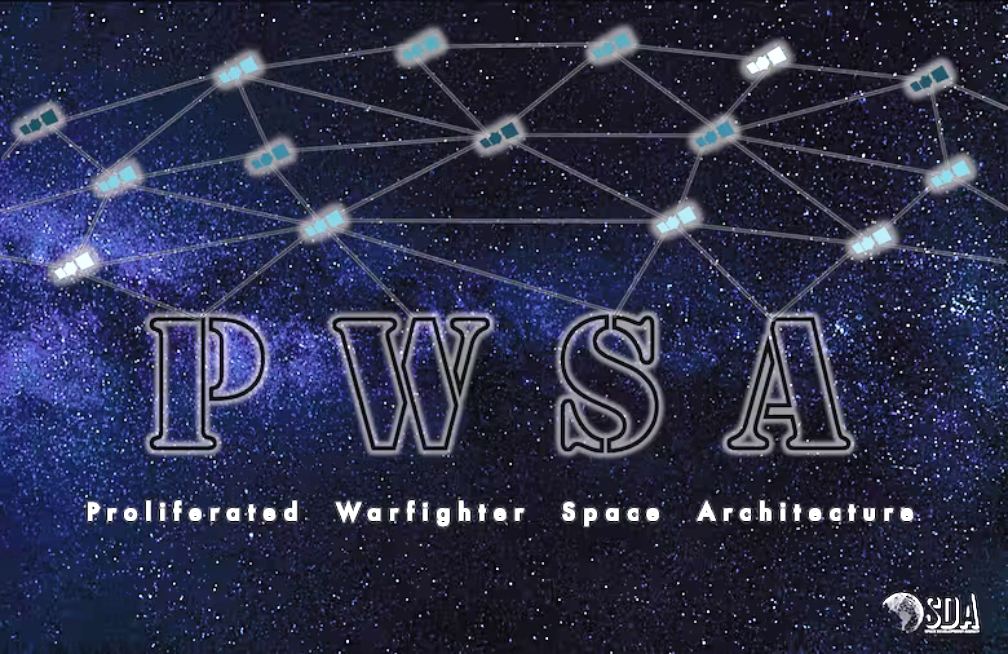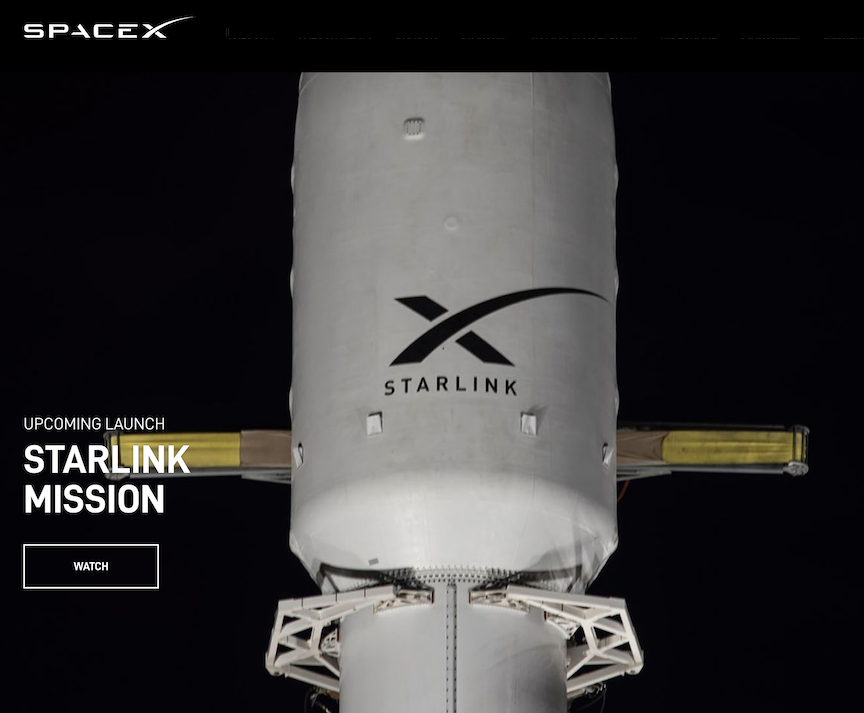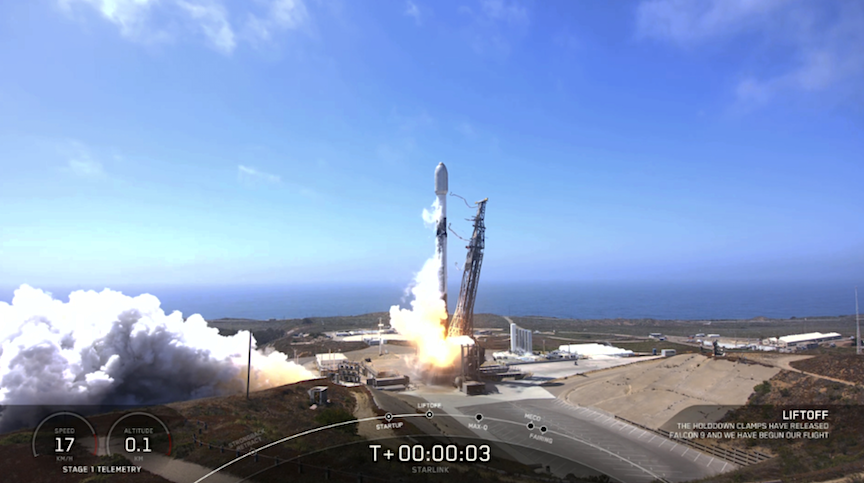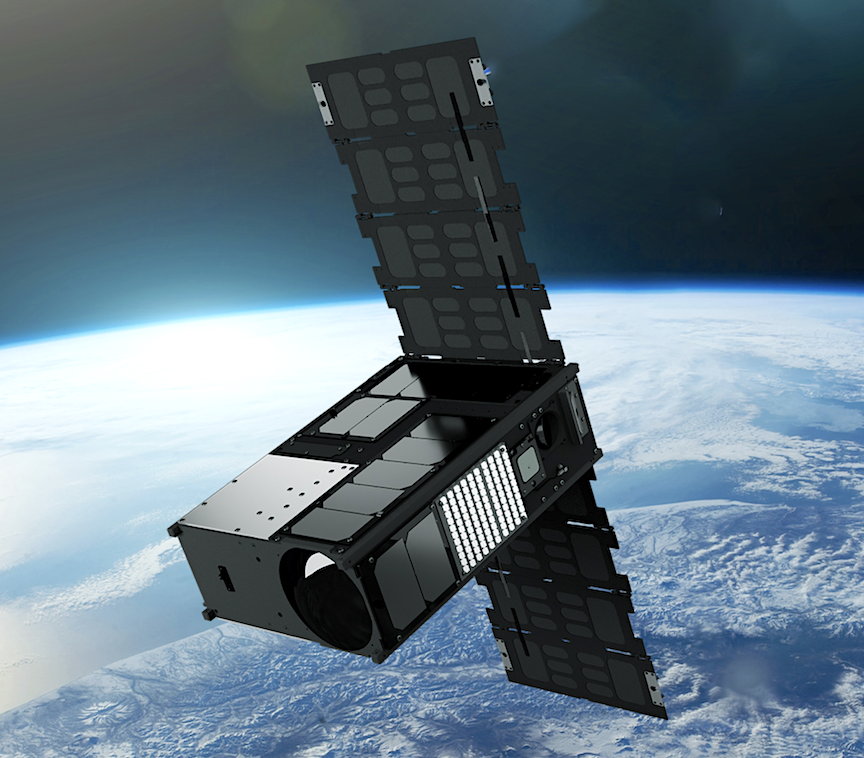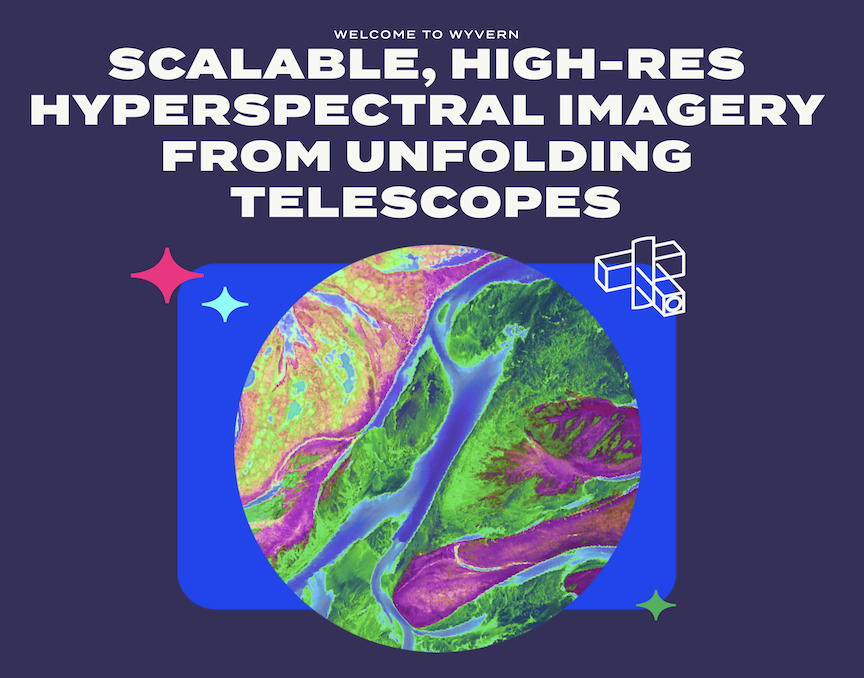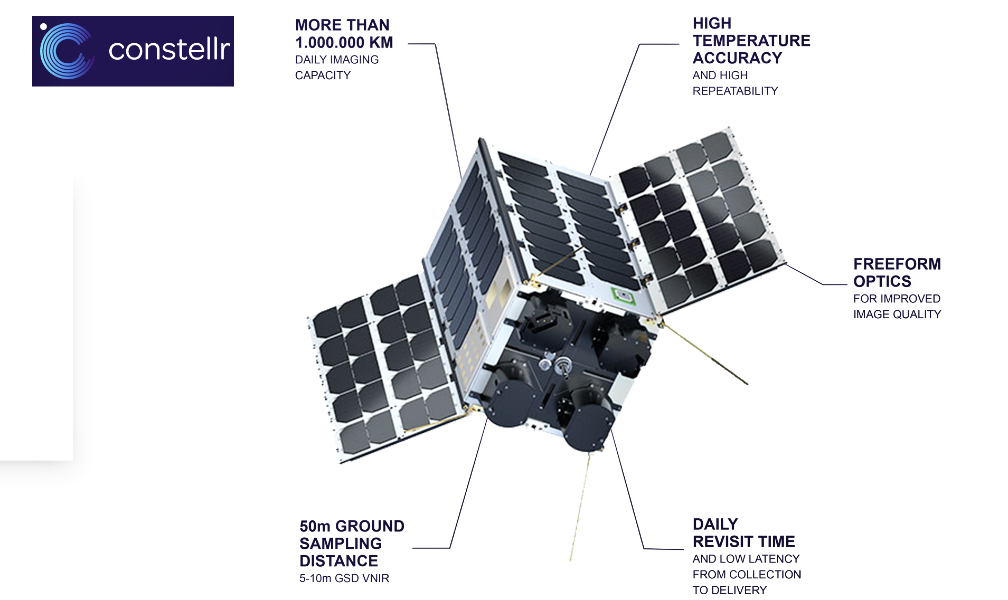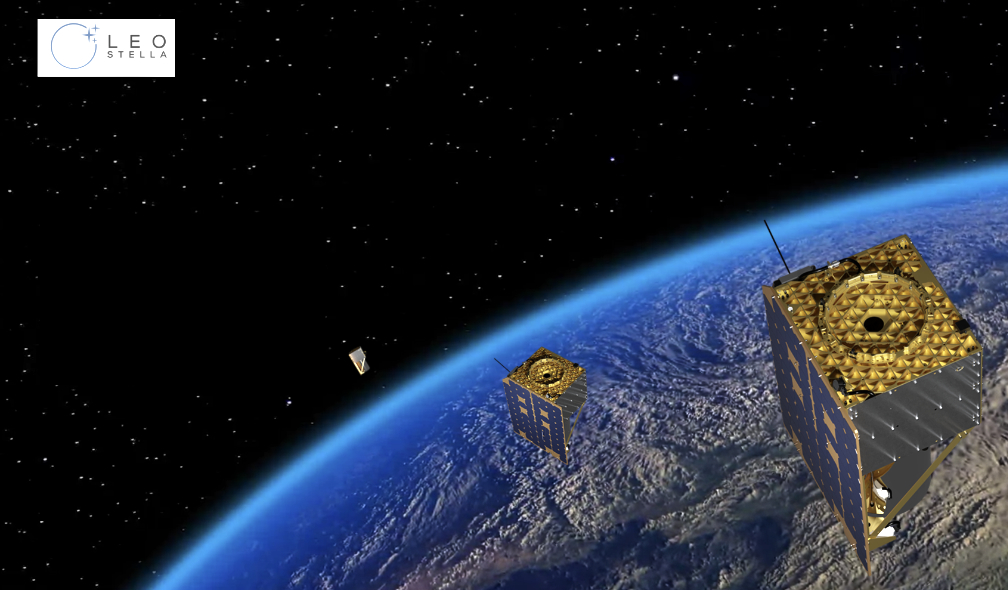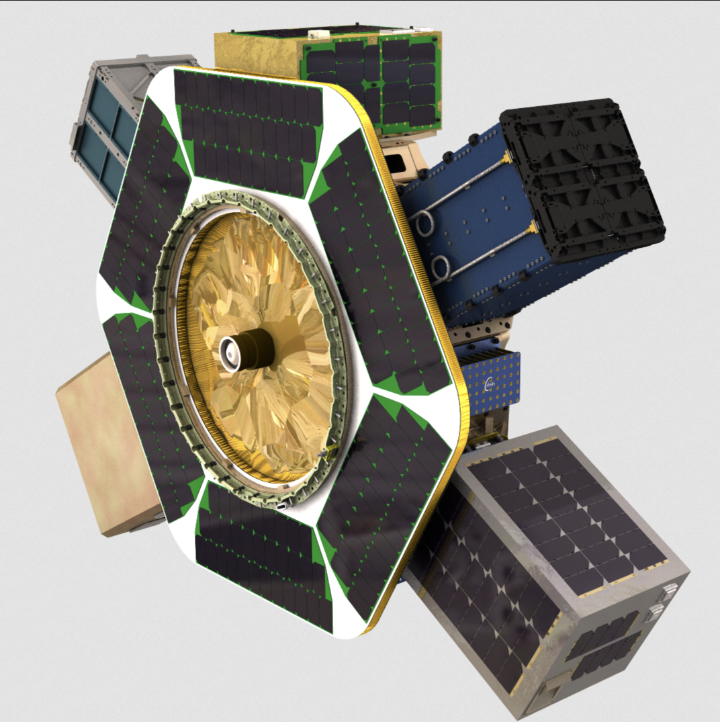
Ubotica Technologies has unveiled their CogniSAT-CRC solution that maximizes Earth Observation (EO) asset use using flight proven CogniSAT technology.

Using state of the art lossless image compression, and a flight-proven, AI-based, Cloud Detection and Removal algorithm, CogniSAT-CRC delivers at least a six-fold increase in useful data capture per orbit for EO satellites, thereby maximizing the areas of interest scanned during each orbit.
As more complex EO sensors (multispectral, hyperspectral, etc.) produce more and more data, and with more satellites on-orbit, there is now a data bottleneck in space. The available downlink capacity is not maintaining pace with the data generated and this results in the under-utilization of these complex, EO assets and that reduces the system return on investment (ROI). CogniSAT-CRC directly addresses this challenge with an approach that can reduce downlink data costs by 80%, while simultaneously trebling the amount of useful data gathered.
CogniSAT-CRC comes in a mechanical and power envelope compatible with smallsats, even down to CubeSats, and maximizes the use of EO assets by eliminating the impact of downlink data bottlenecks. CogniSAT-CRC is a self-contained system solution that acts as an AI coprocessor to the satellite On-Board Computer (OBC). The solution comes with an application which runs on the OBC and controls the operation of the CogniSAT-CRC solution. The system is designed to minimize the overhead requirements on the OBC.
CogniSAT-CRC will be released this year as Engineering and Flight Models. Satellite designers can also access Ubotica’s deep domain expertise to integrate their specific imager sensor with CogniSAT-CRC and to improve operational efficiency by fine tuning the space borne module. CogniSAT-CRC will fly on the Ubotica CogniSAT-6 mission announced in November of 2022.
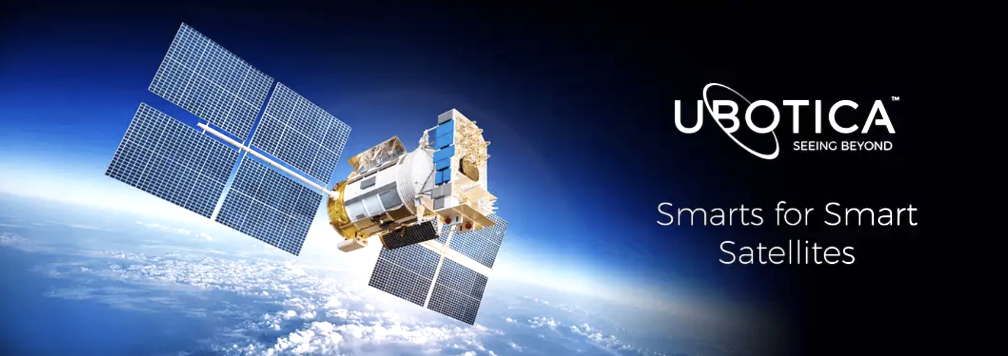
According to John Doody, VP Product at Ubotica, “With an average of 50% cloud coverage across the Earth, it is a huge waste of valuable downlink budget to send cloudy images down to ground stations. Ubotica developed CogniSAT-CRC to address this opportunity for satellite operators to significantly increase the operational efficiency of their space assets. Our analysis shows satellites designed using CogniSAT-CRC can reduce downlink costs by up to 80%.”
Ubotica is at the heart of semi-autonomous satellite systems that provide real-time insights from flexible on-board processing and that use affordable, low energy hardware. The Ubotica CogniSAT platform was developed with deep insight of processing hardware, computer vision software and AI system integration. CogniSAT technology has already been proven in multiple space flown projects with partners in Europe and the USA, including NASA JPL and the European Space Agency (ESA).


